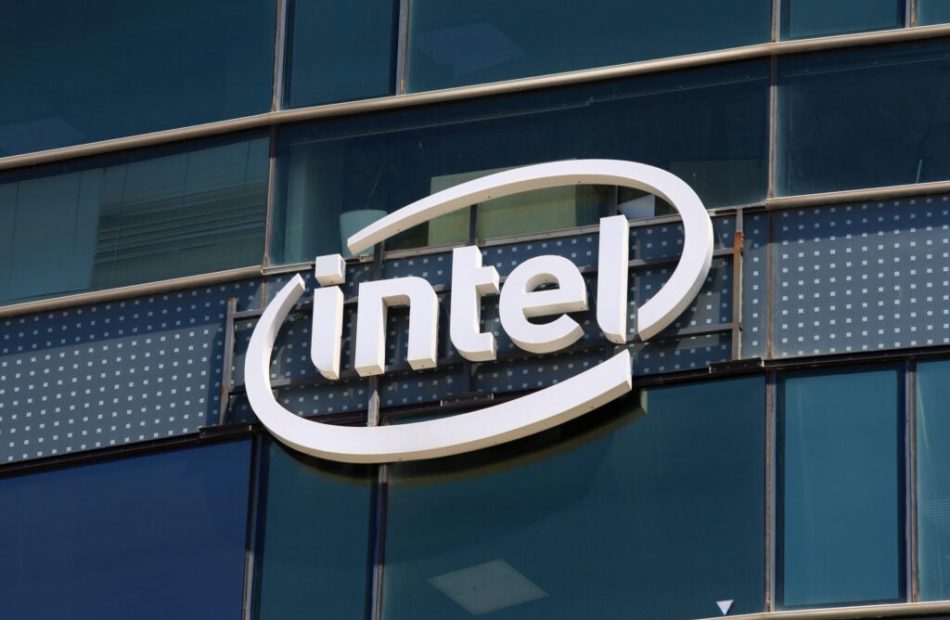Intel's Federal Chips Grant Shrinks Below $8B As Biden Administration Recalibrates CHIPS Act Funding: Report
The U.S. government reportedly plans to reduce Intel Corp’s INTC $8.5 billion federal chips grant.
What Happened: Intel, the largest beneficiary of CHIPS Act funding, is set to receive less than $8 billion, a reduction from the $8.5 billion initially announced earlier this year, reported the New York Times, citing four people familiar with the matter.
Alongside the reduced grant, Intel was also set to receive up to $11 billion in loans as part of the package.
The adjustment reflects Intel’s $3 billion contract with the Pentagon for chip production.
The CHIPS Act signed into law in 2022, allocated $52.7 billion to strengthen U.S. semiconductor production and research, with $39 billion earmarked for production subsidies and $11 billion for R&D.
Intel’s grant reduction follows a preliminary agreement this spring, which initially promised nearly $20 billion in grants and loans for the company.
Intel has strongly advocated for the bill’s approval. The company was widely regarded as the law’s primary beneficiary. However, its business challenges added complexity to the negotiations over its final allocation.
Intel did not immediately respond to Benzinga’s request for comments.
Subscribe to the Benzinga Tech Trends newsletter to get all the latest tech developments delivered to your inbox.
Why It Matters: The government cut Intel’s grant after the company delayed its Ohio chip facility timeline from 2025 to the decade’s end, following its largest quarterly loss in 56 years.
The decision also reflects Intel’s technology plans and market demand.
Despite efforts to rival Taiwan Semiconductor Manufacturing Company TSM, Intel has struggled to prove it can match TSMC’s advanced technology.
With the semiconductor industry being a critical driver of innovation and national security, any shifts in funding could influence the U.S. position in the global technology race, especially against competitors like China.
For Intel, the recalibration may require adjusting its strategy for expanding chip production facilities in Arizona and beyond, the report noted.
Moreover, Intel’s challenges are not limited to the U.S. market. In October, the Cybersecurity Association of China launched a probe into Intel, citing national security risks amid escalating trade tensions between the U.S. and China.
Intel’s Gaudi AI accelerator program is also expected to fall short of revenue targets, with CEO Pat Gelsinger acknowledging slower-than-anticipated adoption rates.
Last month, Intel reported a third-quarter loss of 46 cents per share, significantly missing the estimated loss of two cents. However, the company posted quarterly revenue of $13.28 billion, surpassing the consensus estimate of $13.02 billion.
Price Action: At the time of writing, Intel shares were up 0.41% to $24.60 in after-hours trading, after gaining 0.25% to close at $24.50 during Friday’s regular session.
Image via Shutterstock
Check out more of Benzinga’s Consumer Tech coverage by following this link.
Read Next:
Disclaimer: This content was partially produced with the help of Benzinga Neuro and was reviewed and published by Benzinga editors.
Market News and Data brought to you by Benzinga APIs
© 2024 Benzinga.com. Benzinga does not provide investment advice. All rights reserved.


Leave a Reply